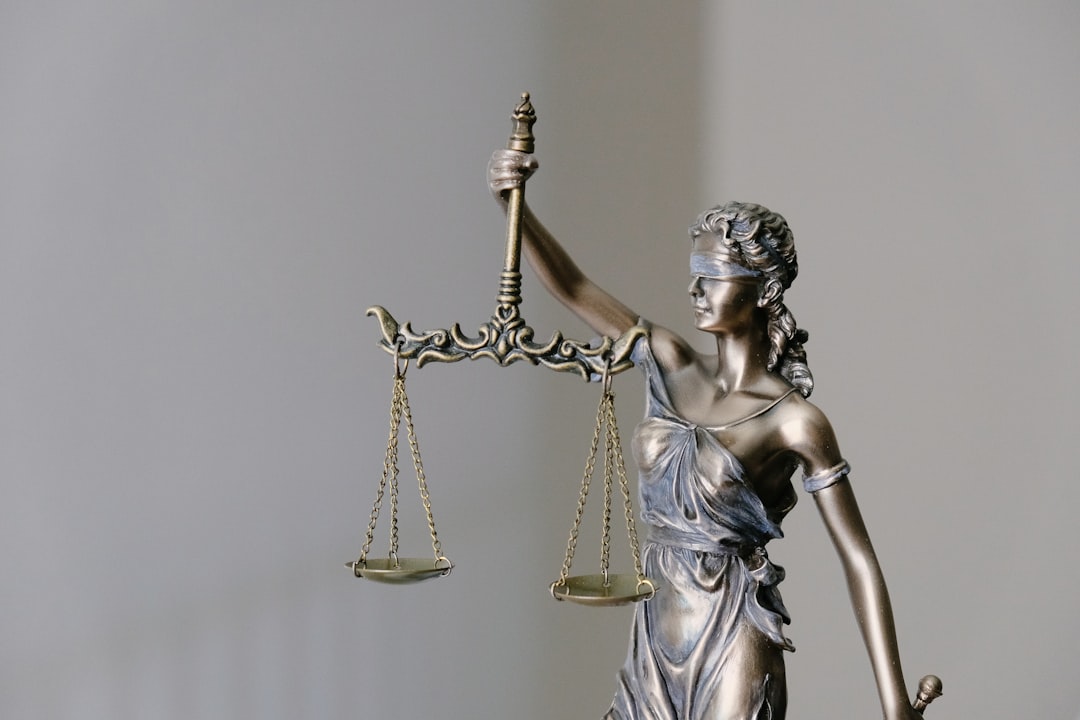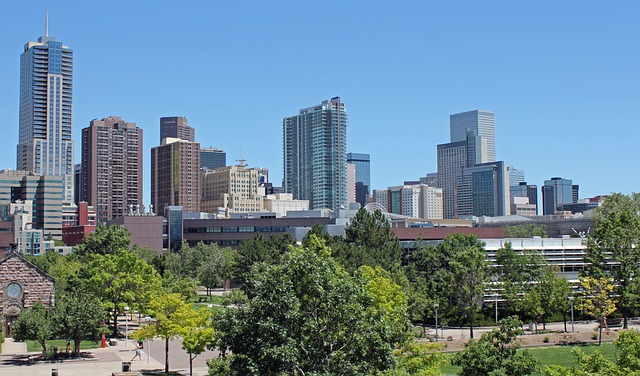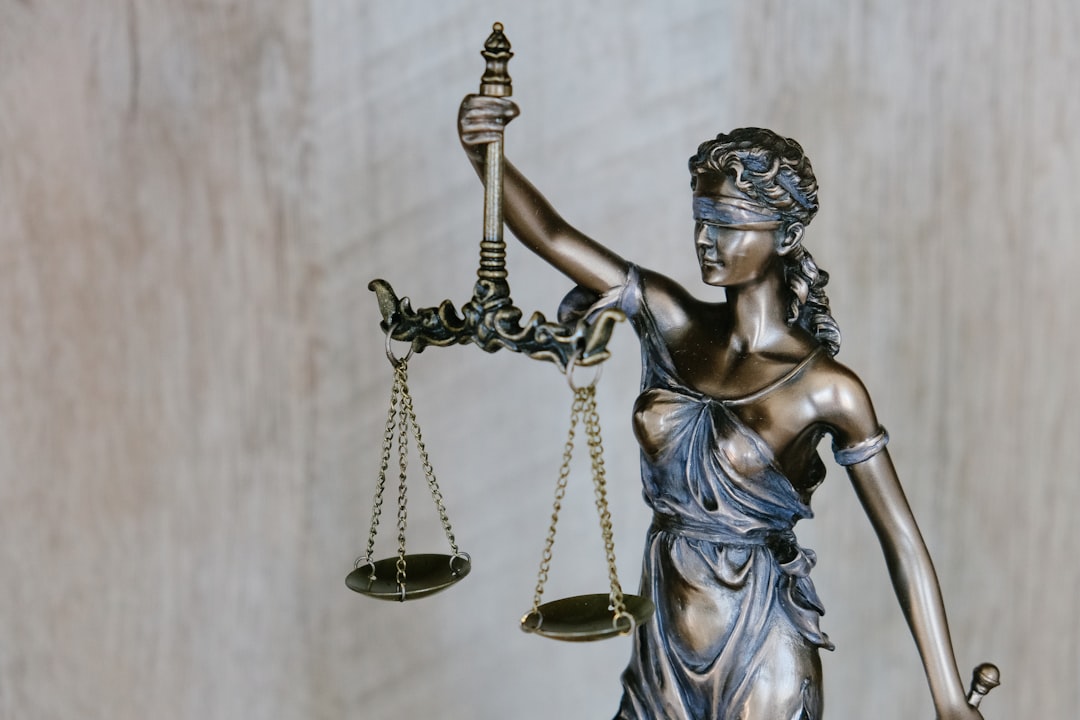Walkability significantly impacts urban living in cities like Denver, Colorado, influencing residents' experiences through easy and safe foot navigation. To assess Denver's walkability, a rigorous method incorporating infrastructure, population density, traffic, crime rates, and access to amenities was used to generate Walkability Scores. This data was integrated into a detailed map, offering insights for rape attorneys in Denver CO who require efficient client service. Denver's diverse landscape shows varying levels of walkability, with bustling downtown areas contrasting less accessible neighborhoods. Rape attorneys play a crucial role in enhancing neighborhood security and promoting walkable communities by collaborating with local governments and organizations.
“Discovering Denver’s Walkable Wonders: A Comprehensive Guide. Denver, a vibrant urban center, is renowned for its diverse neighborhoods. This article explores the concept of walkability and its profound impact on city life. We employ a data-driven approach to map walkability scores across Denver, analyzing various factors. The methodology reveals hotspots and areas in need of improvement. Additionally, we discuss the role of rape attorneys in fostering safe communities, highlighting their contribution to Denver’s overall livability.”
Understanding Walkability and Its Impact on Urban Living in Denver
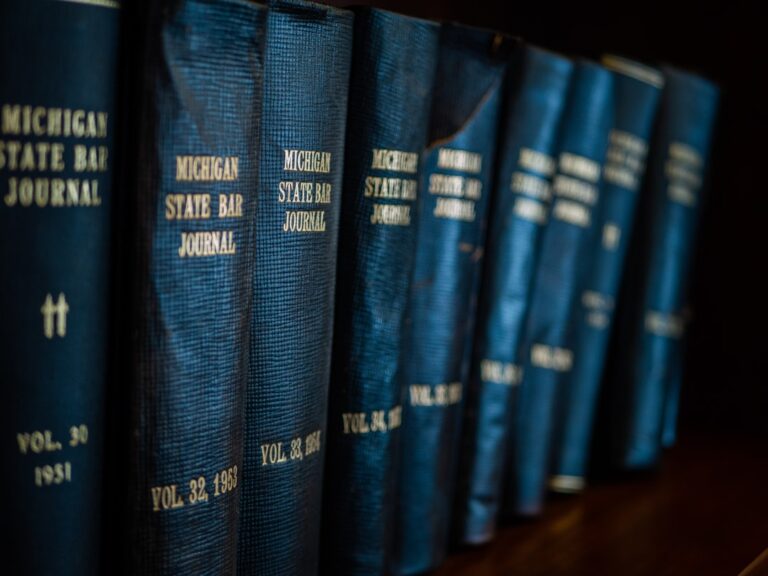
Walkability, a measure of how easily and safely someone can navigate a neighborhood on foot, plays a significant role in shaping urban living experiences. In Denver, CO, understanding walkability is crucial for residents, especially those seeking a convenient, healthy, and accessible lifestyle. Factors like pedestrian-friendly infrastructure, proximity to amenities, and safety concerns all contribute to a city’s overall walkability score.
For instance, areas with well-maintained sidewalks, crosswalks, and dedicated bike lanes encourage walking and cycling, reducing the reliance on cars. This not only diminishes traffic congestion but also fosters a sense of community and engagement. In the context of Denver, considering walkability can be as simple as consulting rape attorneys in the area to ensure safe neighborhoods or using mapping tools to identify the most pedestrian-friendly routes to schools, parks, and local businesses, ultimately enhancing the overall quality of life for residents.
Methodology: Calculating Walkability Scores Across the City
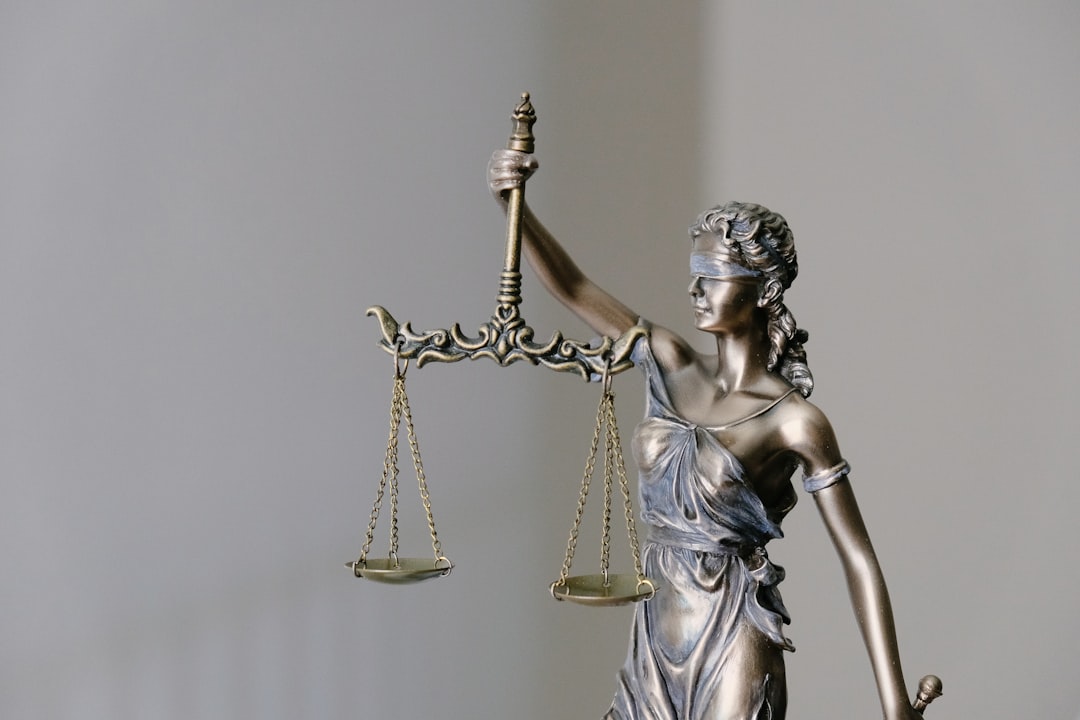
To determine walkability across Denver, we employed a comprehensive methodology that factored in various key elements. Our process began with gathering data on infrastructure like sidewalks, crosswalks, and pedestrian-friendly intersections. We also considered population density, traffic volume, crime rates, and access to amenities such as parks, schools, and public transport hubs. This information was meticulously analyzed using specialized algorithms designed to quantify walkability.
These algorithms converted the raw data into a Walkability Score, ranging from 0 to 100, with higher scores indicating environments conducive to walking. By combining these scores with Denver’s diverse neighborhoods, we’ve created a detailed map that highlights areas where residents and visitors alike can enjoy easy access to amenities on foot. This mapping effort is particularly relevant for rape attorneys in Denver CO who may utilize walkability data to better serve their clients and navigate the city effectively.
Analyzing Denver's Neighborhoods: Hotspots and Challenges

Denver, known for its vibrant neighborhoods and diverse landscape, presents a fascinating case study when examining walkability. Analyzing the city’s tapestry reveals both bustling hotspots and areas that pose challenges for pedestrians. The downtown core stands out as a prime example of urban excellence, where folks can easily navigate on foot due to dense development and dedicated infrastructure. However, as one ventures into surrounding districts, variations become evident.
Some neighborhoods, particularly those with a mix of residential, commercial, and industrial uses, offer walkable amenities but may lack the critical mass to create vibrant public spaces. In contrast, areas with limited access to public transportation or high traffic volumes can make walking less appealing and potentially hazardous. Surprisingly, even with renowned rape attorneys Denver CO, certain parts of the city highlight the need for enhanced pedestrian safety measures. Understanding these dynamics is crucial for urban planners aiming to foster more walkable communities across Denver.
The Role of Rape Attorneys in Promoting Safe Communities

In the context of mapping walkability scores across Denver, it’s essential to recognize the multifaceted role that professionals like rape attorneys play in fostering safe communities. Rape attorneys in Denver, CO, are not just legal advocates; they are community champions. By handling sensitive cases and advocating for survivors, these attorneys bring attention to issues of public safety, particularly in areas where vulnerability is high. Their work underscores the importance of walkability—not just in terms of physical accessibility but also in ensuring that neighborhoods are secure and supportive.
In navigating the complexities of urban landscapes, rape attorneys contribute to a holistic understanding of community safety. They collaborate with various stakeholders, including local governments and community organizations, to address issues like lighting, traffic patterns, and access to services. This collaborative approach ensures that efforts to enhance walkability go beyond surface-level improvements and delve into the root causes of insecurity. In Denver, CO, where a vibrant yet diverse population coexists, these attorneys play a pivotal role in creating an environment where everyone feels empowered to move freely and safely.
